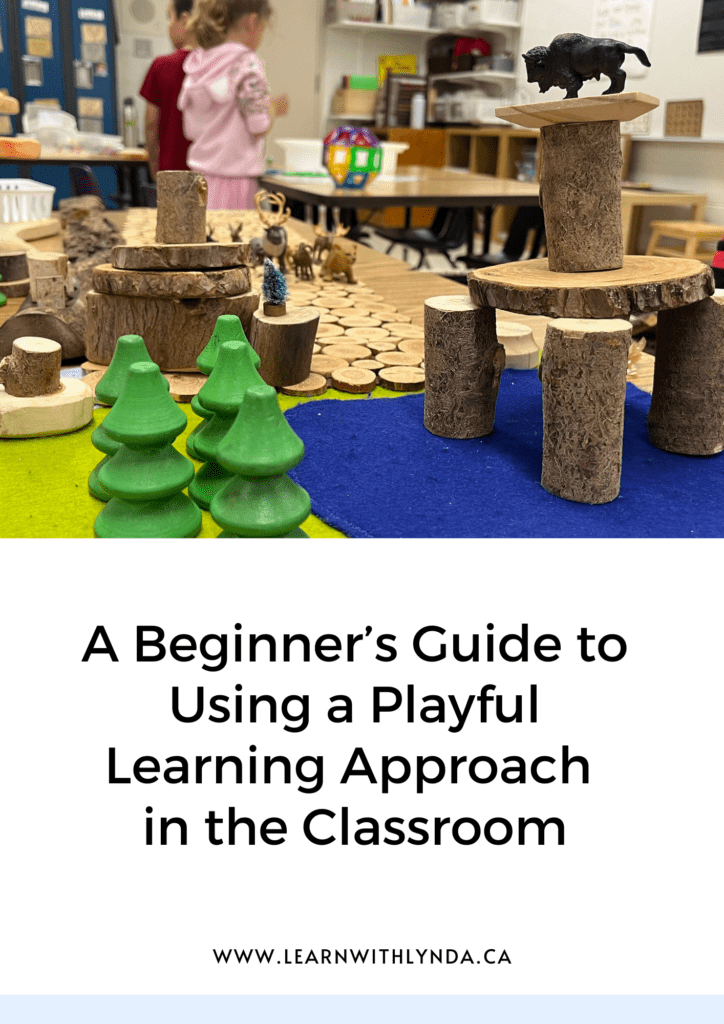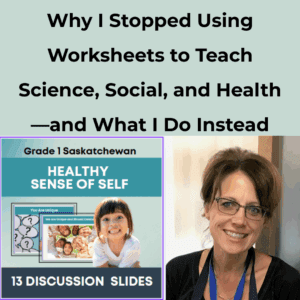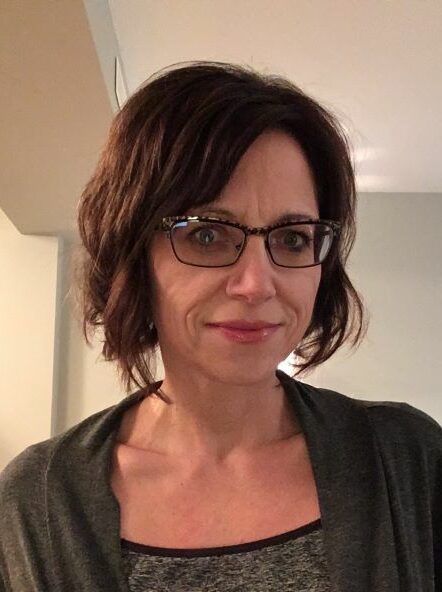I’m often asked why I transitioned to a a playful learning approach in my classroom. The story starts 20+ years ago. I received my first Grade 1 teaching contract. Previously, I had taught in a Kindergarten classroom and was excited to move onto the next grade level. I carefully planned out my lessons for the first week and soon realized what I planned and what the children had the stamina to complete were not the same. As I talked with the children to discover their interests and documented their strengths and areas of growth, I knew what I needed to do.
Moving to a Playful Learning Approach
My second week of grade 1 was perfect. I changed my approach to include more opportunities for playful learning and time for the children to learn through play.
I had always believed that play was the way that children learn best but I ignored those thoughts and moved directly to a traditional approach. My students’ needs were not being met through this approach. They were disengaged and tired. The spark of wonder and joy for learning was not evident in our classroom.
Playful learning did not mean I changed to an unstructured free-for-all playtime in the classroom. Rather, I implemented practices that met the needs of my learners.
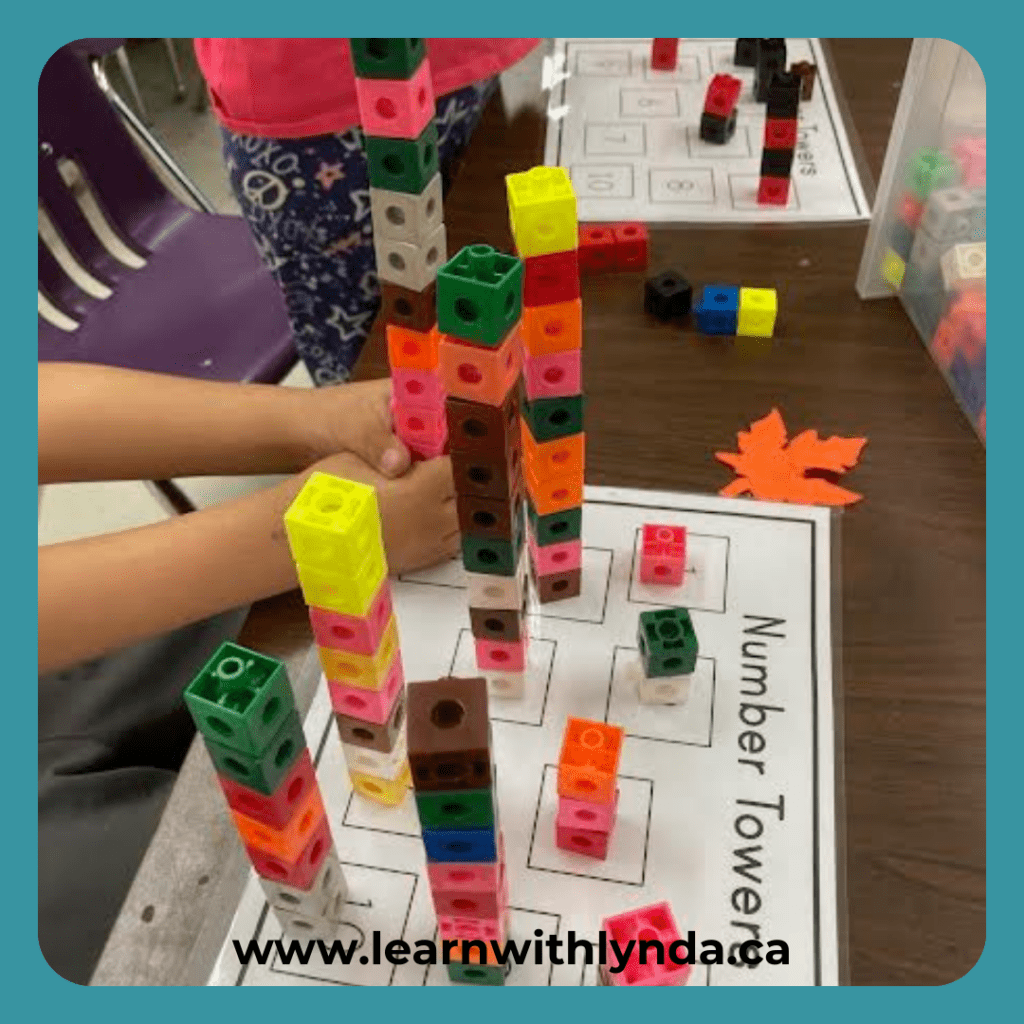
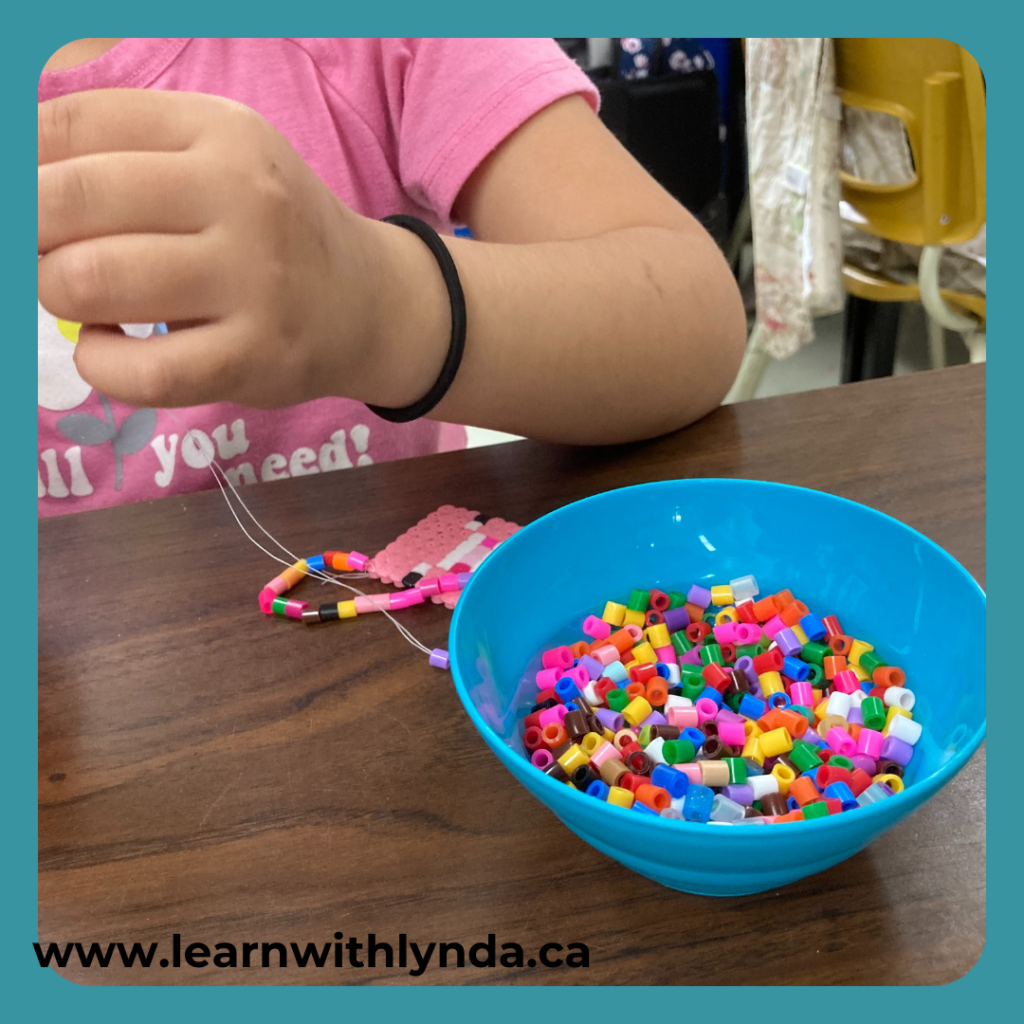

3 Shifts In My Practice
These three shifts in my practice resulted in engaged and joyful learners. I was able to better meet the diverse social, emotional and cognitive learning needs of my students. I left the school day with stronger connections with my students and excited for the learning that would happen on the next day.
- Joyful whole class meeting times – this included singing together and read-alouds that encouraged participation
- Playful games that focused on the literacy and numeracy concepts we were learning.
- Opportunities for choice – I designed our timetable to include opportunities for children to play. During this time, they were able to select from different areas of the room in order to learn through play. The choices included play that focused on the following; sensory, construction, dramatic, and artistic play.
If you are interested in making the same shift, here are some suggestions.
- Start with one playful learning activity or center.
- Incorporate play during specific times of the day.
- Gather and organize playful learning materials.
Remember that the transition to a more playful learning classroom, doesn’t have to happen overnight.
Stay tuned for more tips and lessons learned,
Lynda
You might be interested in my new guide –
A Beginner’s Guide to Using a Playful Learning Approach in the Classroom
